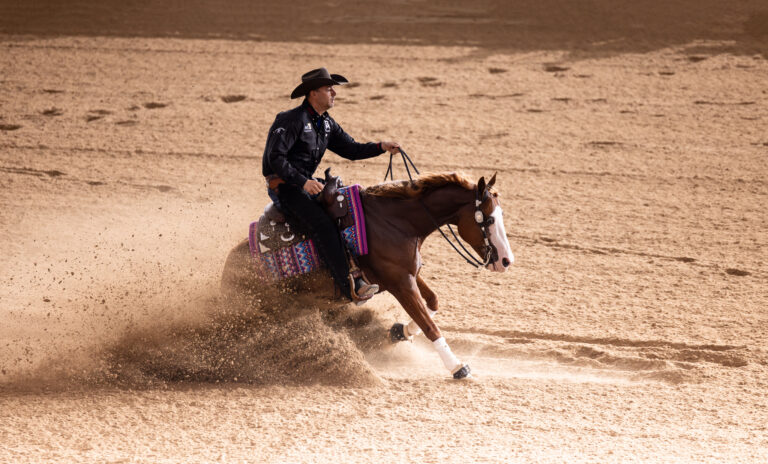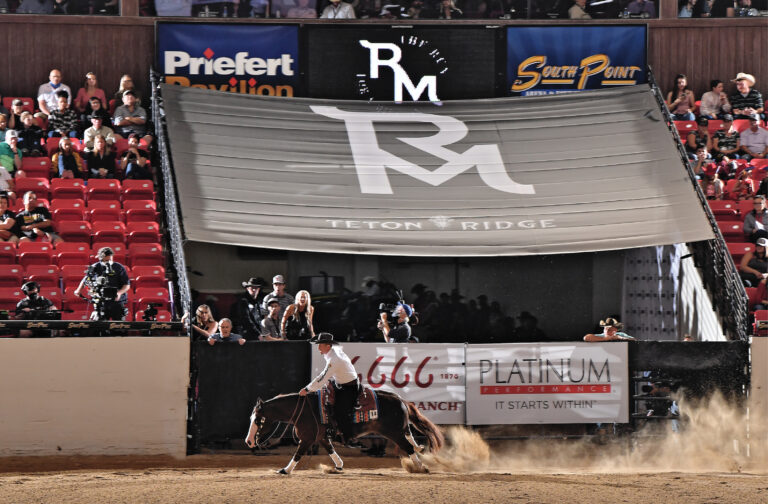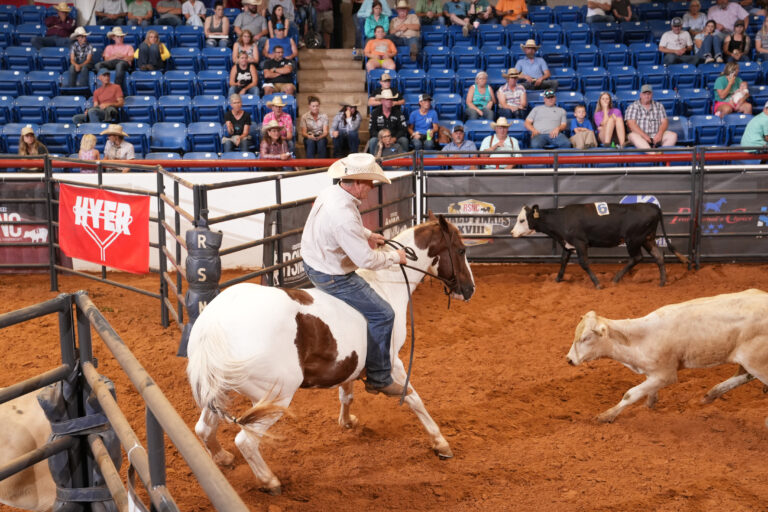Introducing kids to cattle can be a rewarding experience for all involved.
Cow work—whether it’s on the ranch, in the cutting pen, or in the rodeo arena—can keep your kids loving the time they’re spending in the saddle. Your horses will enjoy it, too. Here’s how to make it safe and fun from the start.

In-Saddle Comfort
Kids (or anyone, really) need to be comfortable on a horse. There’s nothing that duplicates that. They need confidence in their body, their balance, and their use of their feet and the bridle reins. Essentially, if a kid is confident enough to lope down the arena behind a cow, then he or she is likely ready to work a cow in a cutting pen.
Horse Choice
You want to start with a quiet—maybe even dull—horse that doesn’t move too quickly. You don’t want to scare younger people experiencing cutting for the first time. At the same time, you want a horse that knows his job. Some of those older geldings will really babysit kids new to riding.
Position
The more experience you can get moving cows, the more you can understand position to control the situation. This “cow sense” can come as naturally or unnaturally to humans as it does to horses.
Spending time outside the arena around cattle is a great way to expose kids to position. Moving cows from one side of the pasture to the other or pushing them through a gate or from pen to pen can teach kids how to read the cows and how to get them to respond accordingly.
Training Aids
I like to introduce beginners to cattle work by using a flag. Working a flag—a remote-operated flag on a rope and pulley that moves back and forth across the fence, mimicking a cow’s movements—allows you to control the speed and show the rider where their position should be.
Cattle Preference
When introducing a kid to live cattle, the best thing you can do is cut good cattle. Settled Mexican Corriente steers will stay 15 feet from you and look at you the whole time, getting the horse to perform at his best.
Turnback
The turnback rider—the other horseback person in the arena—can control the pace of the run and keep the speed in check by how close or far away he or she is to
the cow.






